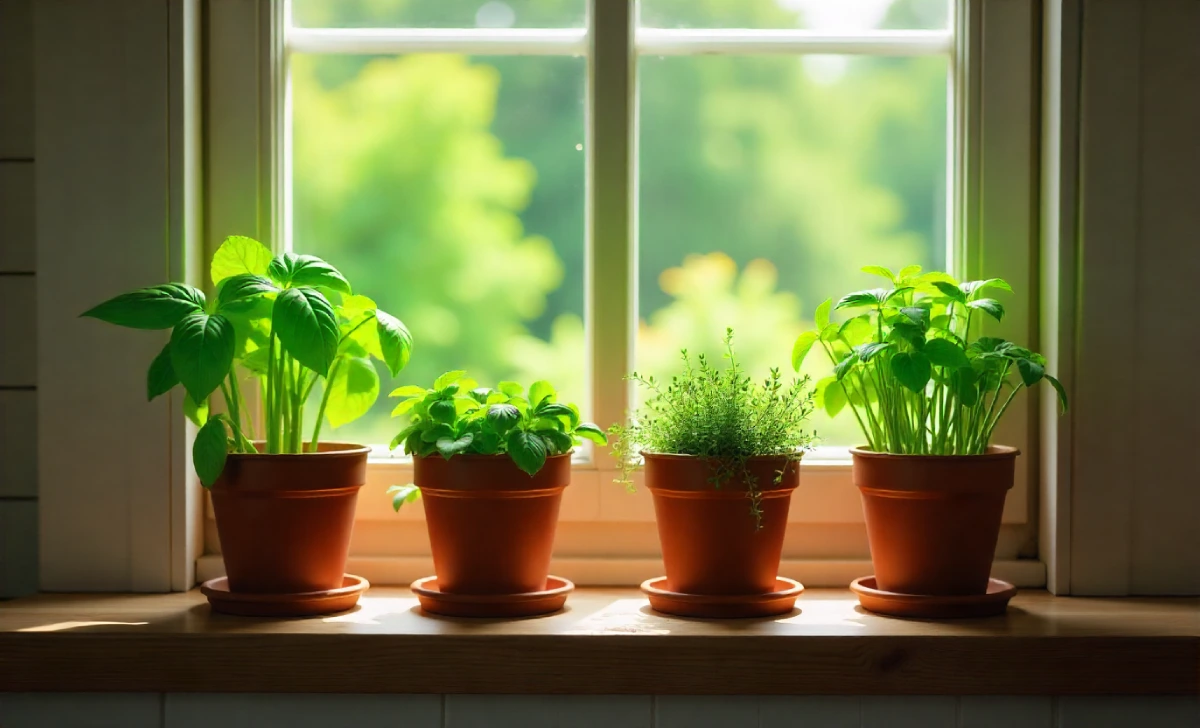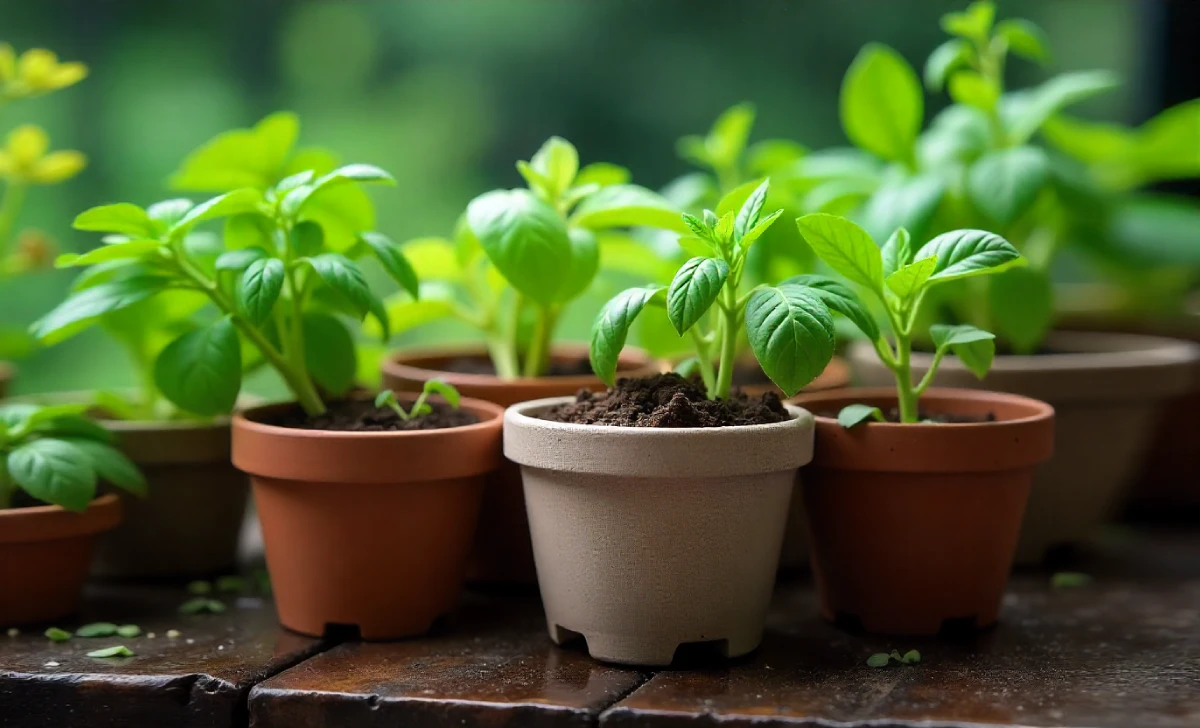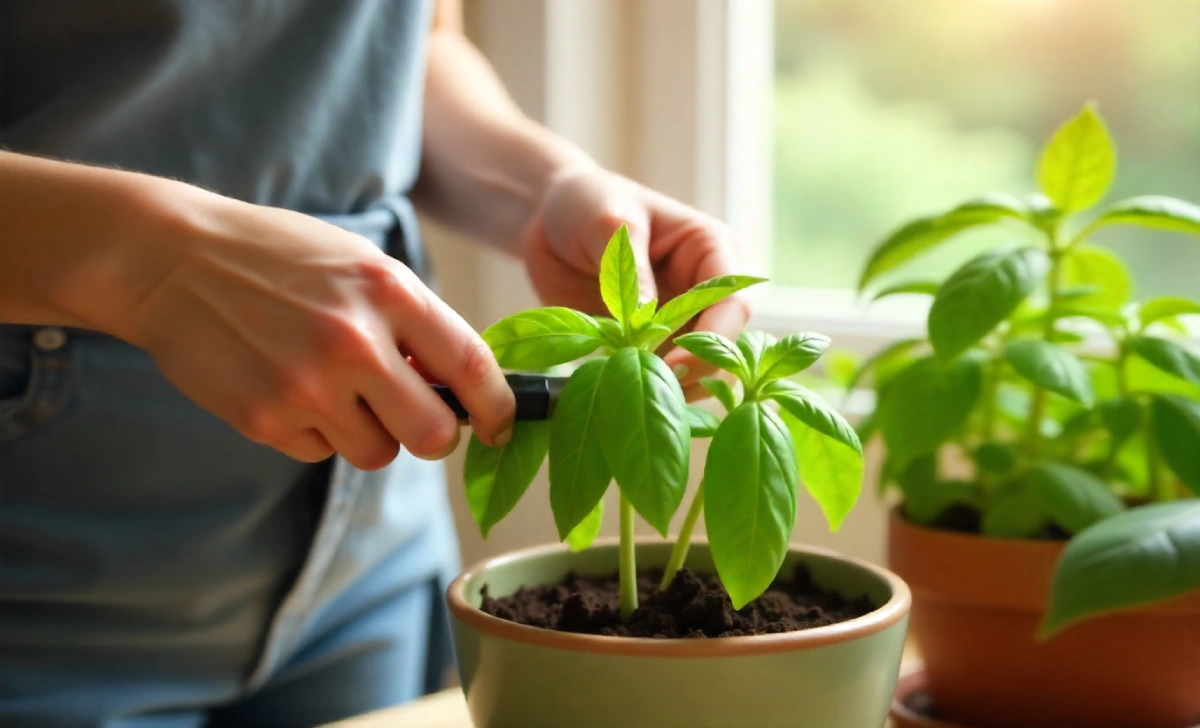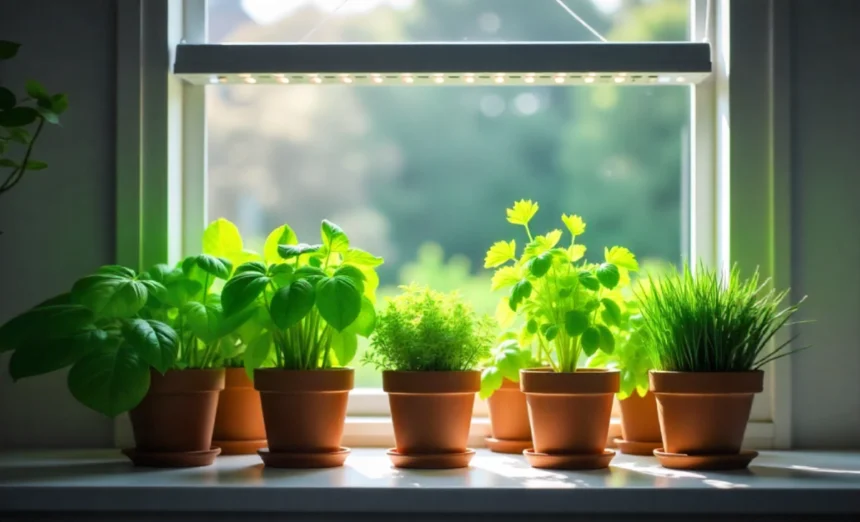Picture this: it’s the middle of winter in Melbourne, and you’re making pasta sauce. You reach for fresh basil from your kitchen windowsill instead of dried herbs from a jar. Growing herbs indoors all year round isn’t just possible—it’s easier than you think.
Many Australians believe fresh herbs are only available during warmer months or from expensive grocery stores. The truth is, with the right setup and care, you can harvest fresh parsley, basil, mint, and more every single day of the year.
You’ll learn exactly how to create a thriving indoor herb garden that produces fresh flavours year-round, saves money, and fits perfectly in your apartment or home.
Choose the Right Indoor Herb Varieties
Not all herbs thrive indoors. Some need too much space or specific outdoor conditions to flourish. Smart herb gardeners focus on varieties that adapt well to container life and indoor environments.
The best herbs for year-round indoor growing include basil, parsley, chives, oregano, thyme, mint, and coriander. These herbs tolerate lower light conditions and don’t require extensive root systems. Basil loves warmth and produces leaves continuously when you pinch flowers. Chives grow like grass and regrow quickly after cutting.
Mediterranean herbs like rosemary and sage also work indoors but grow more slowly. They prefer drier soil and less frequent watering than leafy herbs like basil and parsley. If you’re interested in expanding beyond herbs, check out the best vegetables for small spaces that also work well in containers

Set Up Proper Lighting for Year-Round Growth
Light is the biggest challenge when you grow herbs indoors all year. Australian winters mean shorter days and weaker sunlight, especially for south-facing windows. Most herbs need at least 6 hours of bright light daily to produce flavourful leaves.
South-facing windows provide the strongest natural light, but even these might not be enough during the winter months. LED grow lights solve this problem completely. A basic LED grow light panel costs around $50-80 and provides full-spectrum lighting that herbs need.
Position LED lights 15-30cm above your herbs. Run them for 12-14 hours daily during the winter months when natural light is limited. In summer, you might only need 6-8 hours of supplemental lighting if your herbs get morning sun.
Sarah from Brisbane uses a simple timer to automate her grow lights. Her herbs receive consistent lighting every day without her having to remember to switch lights on and off.
Master the Container and Soil Setup
The right containers and soil make or break indoor herb growing. Drainage is critical because soggy soil kills herbs faster than dry soil. Every pot needs drainage holes in the bottom.
Choose containers at least 15cm deep for most herbs. Shallow-rooted herbs like thyme work in smaller pots, but deeper pots give roots room to spread and hold moisture longer between waterings. Plastic pots retain moisture better than terracotta, but terracotta looks better and prevents overwatering.
Quality potting mix designed for containers works best. Avoid garden soil, which becomes too heavy and doesn’t drain properly in pots. Mix in some perlite or coarse sand to improve drainage if your potting mix seems too dense.

Perfect Your Watering and Feeding Schedule
Overwatering kills more indoor herbs than underwatering. Herbs prefer soil that dries out slightly between waterings rather than constantly moist conditions. Check soil moisture by sticking your finger 2cm into the soil.
Water thoroughly when the top layer feels dry. Water should drain from the bottom holes, then stop. Empty saucers after 30 minutes so roots don’t sit in standing water. This might mean watering every 2-3 days in summer or once weekly in winter.
Indoor herbs need regular feeding because frequent watering leaches nutrients from the potting mix. Use liquid fertiliser diluted to half strength every 2 weeks during active growing periods. Reduce feeding to monthly during slower winter growth.
Mark from Perth waters his herbs every Tuesday and Friday year-round, adjusting amounts based on season and growth. This consistent schedule prevents both drought stress and overwatering problems. If you notice your herbs wilting despite proper watering, the issue might be similar to common tomato plant problems that affect container plants.
Maintain Your Herbs for Continuous Harvests
Regular harvesting actually helps herbs grow better and produce more leaves. Pinching or cutting leaves encourages new growth and prevents plants from becoming leggy or going to seed too quickly.
Harvest herbs in the morning after dew evaporates but before the day gets hot. Cut stems just above leaf pairs to encourage branching. Never take more than one-third of the plant at once, which can stress herbs and slow recovery.
Pinch flower buds as soon as they appear on basil, oregano, and other leafy herbs. Flowering changes leaf flavour and reduces production. Let chives flower if you want the edible purple blooms, but cut flowers on other herbs immediately.

Solve Common Indoor Growing Problems
Your indoor herb garden doesn’t just provide fresh ingredients—it can become a beautiful feature in your home. Arrange different-sized pots on floating shelves, window ledges, or purpose-built plant stands to create visual interest.
Group herbs by height and colour for the best display. Place trailing herbs like thyme at the front, medium herbs like basil in the middle, and taller herbs like rosemary at the back. This creates depth and makes every plant visible.
Consider making your herb display part of your home décor. Creative DIY wall art ideas can incorporate living plants as design elements, turning your herb garden into functional art.
Create Your Year-Round Herb Garden Today
Growing herbs indoors all year transforms your cooking and saves money on expensive fresh herbs from supermarkets. Start with easy herbs like basil, parsley, and chives while you learn the basics of indoor growing.
Set up your containers near your brightest window and consider investing in LED grow lights for consistent results. Remember that regular harvesting produces more herbs, not fewer.
Which herbs will you start growing first? Share your indoor herb growing plans in the comments below, and let us know about your successes or challenges with year-round herb gardens.






